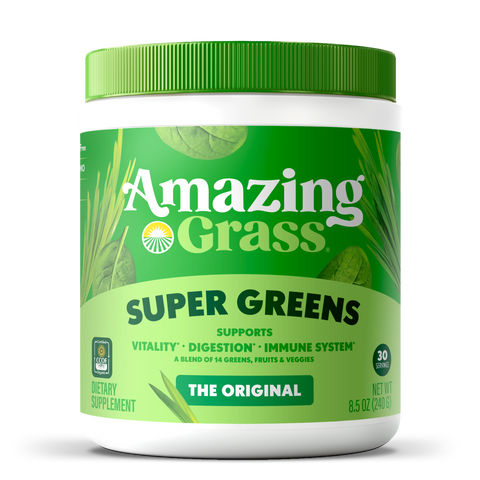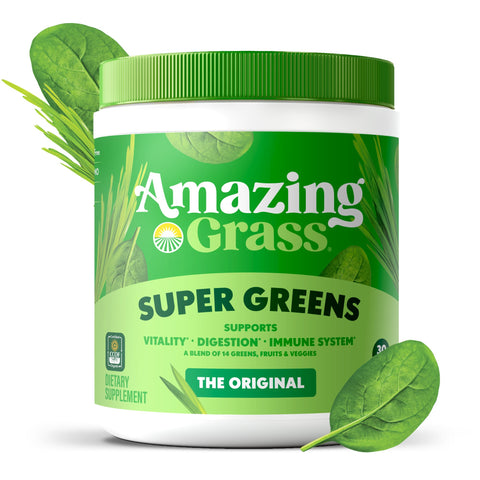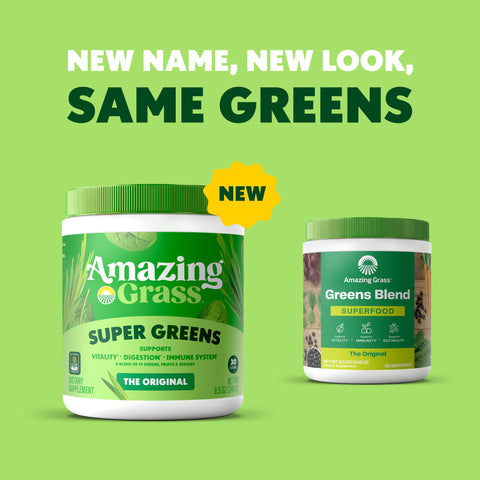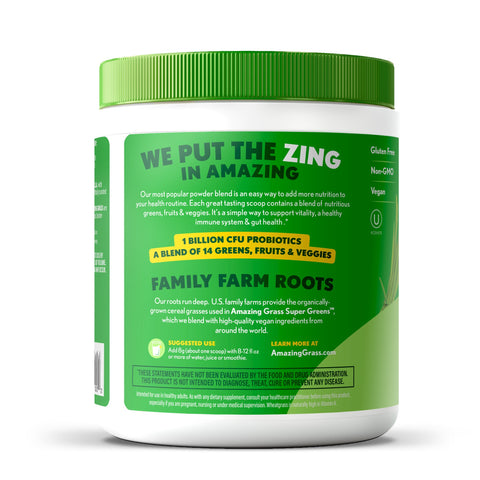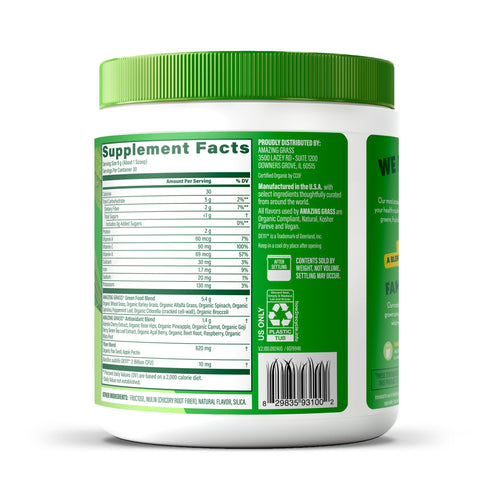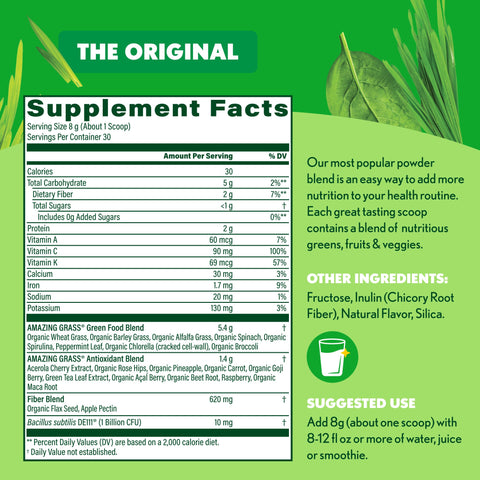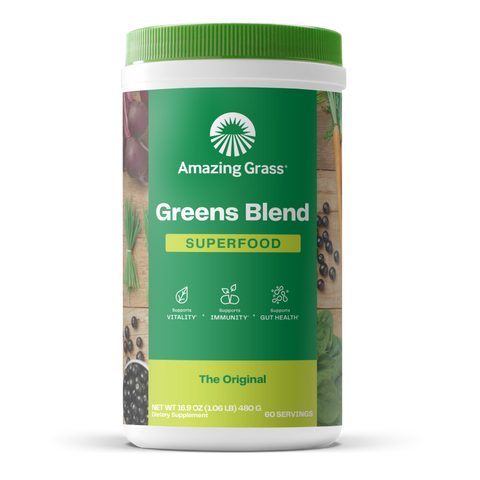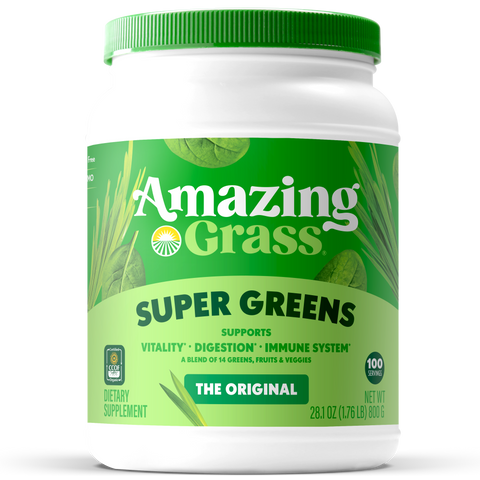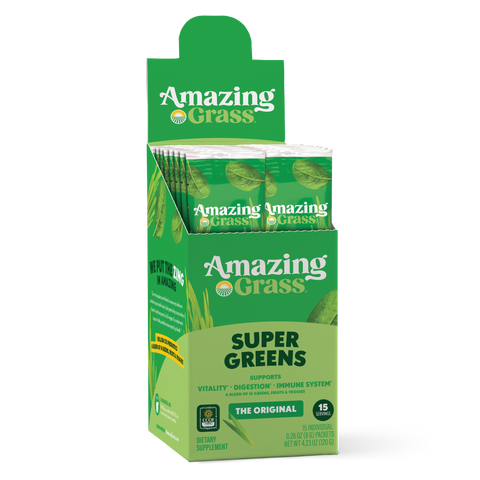Why Greens Matter
With health and wellness taking center stage, more people are turning to nutrient-rich ingredients to support their overall well-being. Busy schedules and on-the-go lifestyles can make nutrition difficult. That’s where greens supplements can help- a convenient way to get your greens.
The Rise of Green Superfoods
Beyond traditional leafy greens, grasses and algae are gaining popularity. Whether you’re a wellness enthusiast or just trying to eat healthier, adding green grasses and algae to your diet can be simple and easy
Types of Green Grasses & Algae
-
Wheat Grass comes from the wheat plant
-
Barley Grass comes from the barley plant before it forms grain
-
Alfalfa Grass is a legume Spirulina is a blue-green algae.
-
Chlorella or green algae is also a freshwater green alga
What About Protein?
A common misconception is that all greens, grasses, and algae are good sources of protein. While spirulina and chlorella offer minimal amounts of protein, grasses do not contain complete proteins (those with all nine essential amino acids). This is true of many plant-based sources such as lentils, nuts, and seeds. However, by eating a variety of foods throughout the day, your body can combine amino acids from different sources to meet your protein needs. Supplements can help—but whole foods should remain the foundation.
Greens, Grasses & Algae: What’s the Difference?
While they’re all considered “greens,” here’s how they differ:
-
Greens: The umbrella term that includes leafy vegetables, grasses, and algae
-
Grasses: Young cereal or legume shoots harvested before the plant matures
-
Algae: Aquatic greens that are considered organisms and are not technically plants
Each of these green superfoods delivers unique benefits, and when combined in a supplement or smoothie, can help to support your wellness goals, including vitality.(read more on vitality and what it means here).
How to Use Greens
The easiest and tastiest way to incorporate greens into your routine? Smoothies, bowls, and powders. Add a scoop of greens powder to your morning shake or mix into a smoothie bowl to get your greens in a quick, simple, and delicious way. So, whether from land (grasses) or water (algae), these green superfoods are a smart way to support your wellness. Shop our Amazing Grass products here!


